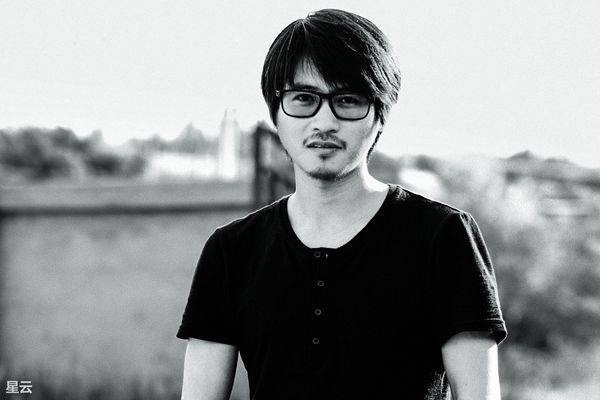Online Literature Spearheads China’s Cultural Industry
China Today by VERENA MENZEL, December 23, 2016 Adjust font size:
Against that backdrop, it is no surprise that Chinese Internet giants like Alibaba and Tencent have in recent years invested generously in this nascent but growing market segment. Such outlays include the contracting of web authors whose works are published on their reading web portals.
Tencent, for example, which amongst other things runs China’s most successful messenger service QQ and the popular social media app WeChat, embarked in early 2015 on large-scale cooperation with Cloudary, the online publishing house belonging to the Chinese Shanda Group.
Since its establishment in 2008, Cloudary has established five hugely successful online literature websites that provide more than six million online publications, and signed contracts with more than 1.6 million authors. Within just a few years, Cloudary has become the country’s biggest provider of web literature. Tencent’s cooperation with the Shanda Group underlines the great importance that China’s big IT companies place on the rising online literature industry.
Why China?
But what makes web literature so successful in China, while in many Western countries it tends to be a niche sector? Why is this new form of literature so appealing to both readers and entrepreneurs?
Answering these questions calls for a closer look at the development of China’s literary industry since the onset of reform and opening-up. In the past, literary journals traditionally constituted the main driving force of China’s literary world as well as the most important literary mainstream medium. Readers loved these journals, and they often acted as stepping stones for promising new writers.
However, after implementation in the late 1970s of the reform and opening-up policy and the growing market-orientation and niche formation it engendered, China’s literary journals gradually lost their function as a mainstream medium.
The Internet started to fill this gap at the end of the 1990s. Owing to its low entrance threshold and thanks to the fresh possibilities for expression it offered, the web became a new creative playground for young and as yet unknown authors, as well as for an army of amateur writers.

Han Han, one of the first popular web authors.
In 1997, the first Chinese online literature web portal Rongshuxia.com, which literally means “Under the banyan tree,” appeared. Users of this new website both submitted their own literary works and read those of others, for free. In just a few years, many young writing talents thus matured “under the banyan tree,” among them such famous names as Han Han, Ning Caishen, Jin Hezai, and Murong Xuecun.
Since then, the online literature market has experienced a golden age of development. The first years of self-discovery and willingness to experiment, however, were gradually superseded by growing commercialization and the establishment of online publishing houses.
However, this development has not spoiled readers’ enthusiasm for the new genre. Statistics from China’s biggest Internet industry website sootoo.com show that online novels score the highest points among young, urban readers living in big cities like Beijing or Shanghai, 85 percent of whom have yet to celebrate their 40th birthdays. Most new web authors are also part of the emerging Chinese middle class born in the 1970s or later.
Writer-reader Interaction
What makes new online works so special is their optimum use of new media interactivity. It is arguably this feature that makes these books so appealing. Readers and writers can enter into a more or less direct dialogue on the Internet via both comments that the audience posts directly below such publications and during the actual creative process as well.
Inspired by the new possibilities this medium offers, genuinely new literary genres have appeared, such as collaborative writing, where several authors write a single novel or story, or it is completed through the participation of netizens themselves.
Another example of these literary forms is that of so-called micro fiction. In opposition to the sheer infinity of virtual space, authors of this genre impose on themselves strict limitations as regards length. Similar to tweets on the social network Twitter, the literary content of these literary micro-bites is condensed to a maximum 140 Chinese characters, equivalent to a few short sentences.
One author who has won micro fiction fame is Chen Peng. In 2010 he published his micro-series “Life of eilikochen,” a lyrical collage of written daily life snapshots. It was a huge hit in China’s online society.
However, the most common Chinese web literature remains that in the traditional narrative forms of novels or short stories. They feature such genres as crime fiction, fantasy, and science fiction. But ancient narratives set in the imperial court and offices, student stories, time travelling tales, as well as tomb raider adventures, also enjoy great popularity among the young Chinese readership.
Their narrative content is often published chapter by chapter, or as a series, so formally reflecting the specific features of the digital reading process characterized by a comparatively short attention span.